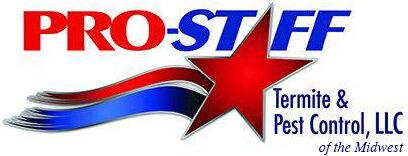Spring is here, which means summer is just around the corner — and, unfortunately, so are wasps. If you notice wasps flying in your yard, it’s safe to assume that their nest is probably somewhere close by. By learning to identify their nest, you’ll be able to determine exactly what kind of wasp you are dealing with.

Bald-Faced Hornet Nests
Bald-faced hornets, despite their name, are actually wasps. Their nests are quite large, ranging anywhere from 18 inches across and 24 inches in length. Bald-faced hornet nests are fully enclosed and suspended aboveground. Nests are typically found at least three feet aboveground but can be built as high as 60 feet. These higher nests are typically found under roof eaves or in trees, while lower nests are found in bushes or shrubs.
Paper Wasp Nests
Paper wasp nests build what is perhaps the most distinctive nest. Unlike other types of wasps or even bees, paper wasps build open nests with exposed cells. These nests can vary in size and depend on the species of paper wasp that build it. European paper wasps build large nests that are close to the ground, while native paper nests wasps build much smaller nests that can often be found above ground, in places such as tree branches or roof eaves.
Mud Dauber Nests
Mud daubers build unique nests. They are built out of mud rather than a papery material. Nests are made up of multiple mud tubes that have been built side-by-side. These tubes range in size. Some are as small as an inch, while others can reach up to eight inches. You can find mud dauber nests in open sheds, attics, and porch ceilings.

Yellowjacket Nests
Yellowjackets, everyone’s nemesis, build a nest similar to paper wasps. They also build a nest that resembles a paper carton, but rather than leaving it open and exposed, yellowjacket nests are well-protected. Their nests are completely enclosed with a small hole at the bottom that is utilized as a door. Yellowjackets tend to build their nests in sheltered areas, both above- and underground. Aboveground nests may be found in a wall void or in a rotted tree, while underground nests might be made in animal burrows.
If you find a wasp nest on your property, it’s best to call in a professional to remove it. At Pro-Staff, the experts in pest control Ankeny, we can help make sure your property is wasp-free.

